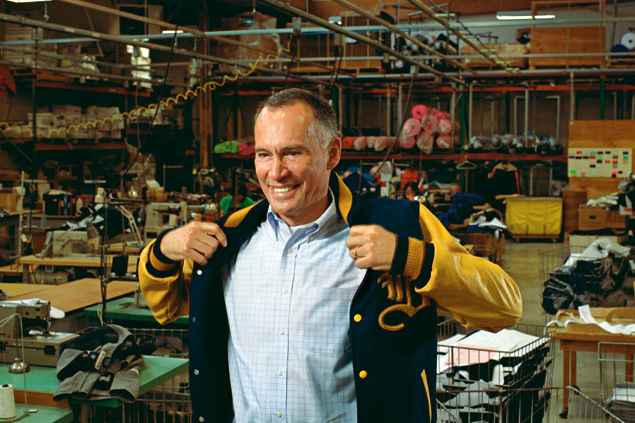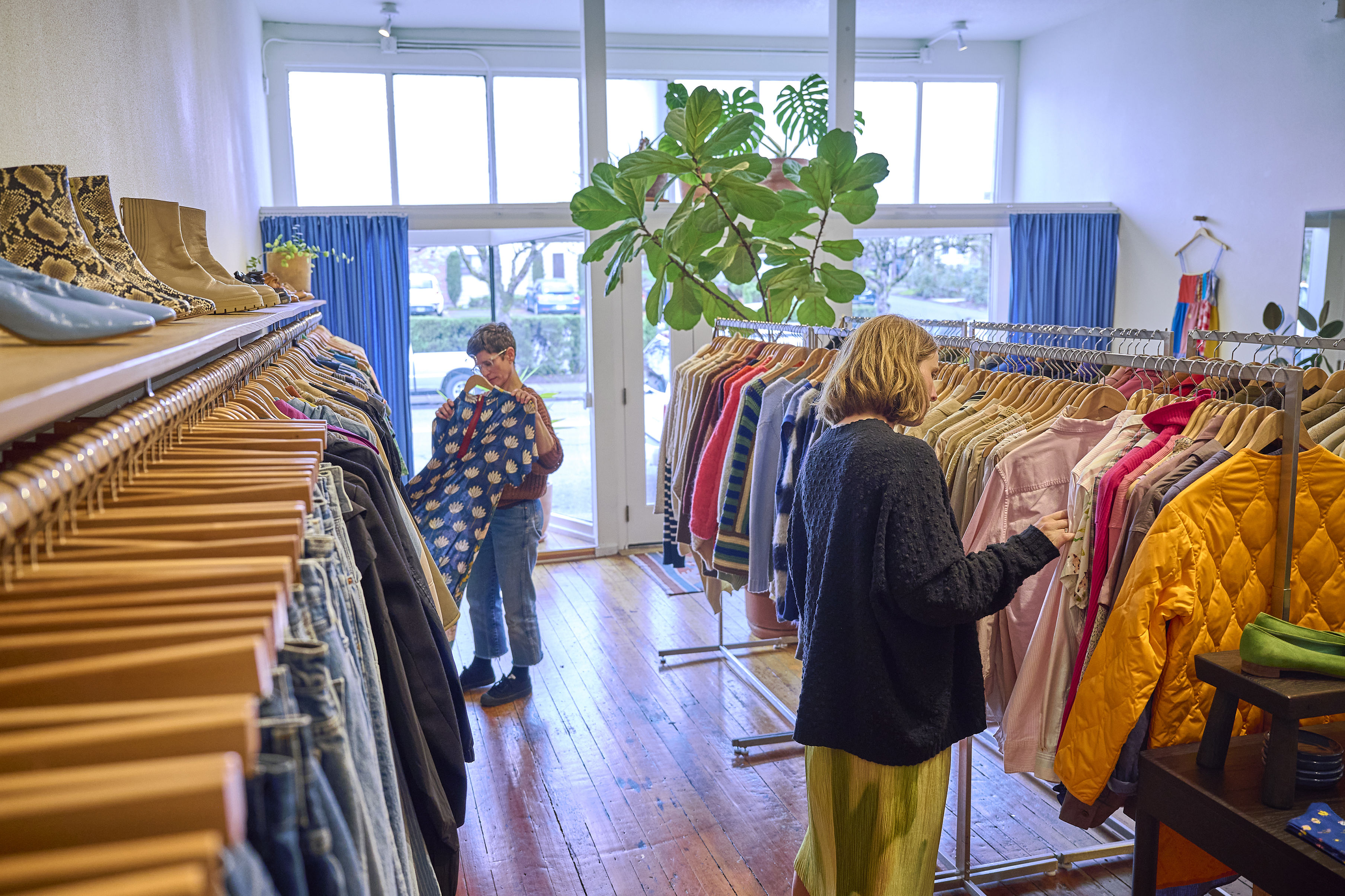Why Aren’t We Wearing Motorcycle Sweaters?
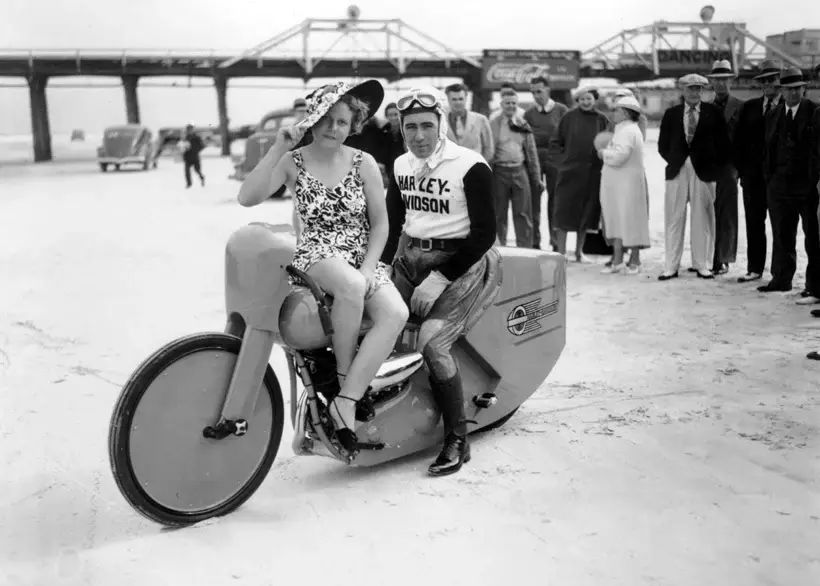
Image: Courtesy Dehen
You know the boots (harnessed at the ankle) and that iconic rider jacket Marlon Brando made famous, but what of the motorcycle sweater? A biker’s woolens? Once a burly outer layer warm enough for any stretch of open road, the quarter-zip turtleneck evolved in the ’30s to ride below leathers, with an extended hem and cuffs. It’s coolly blousy, flowy in the shoulders and cinched at the waist, like something Marc Bolan or Mick Jagger would wear, androgynous and loaded with a century of oil-slicked lore. So why don’t we wear them, especially considering that Portland’s Dehen Knitting Company has been the biggest name in motorcycle sweaters for decades?
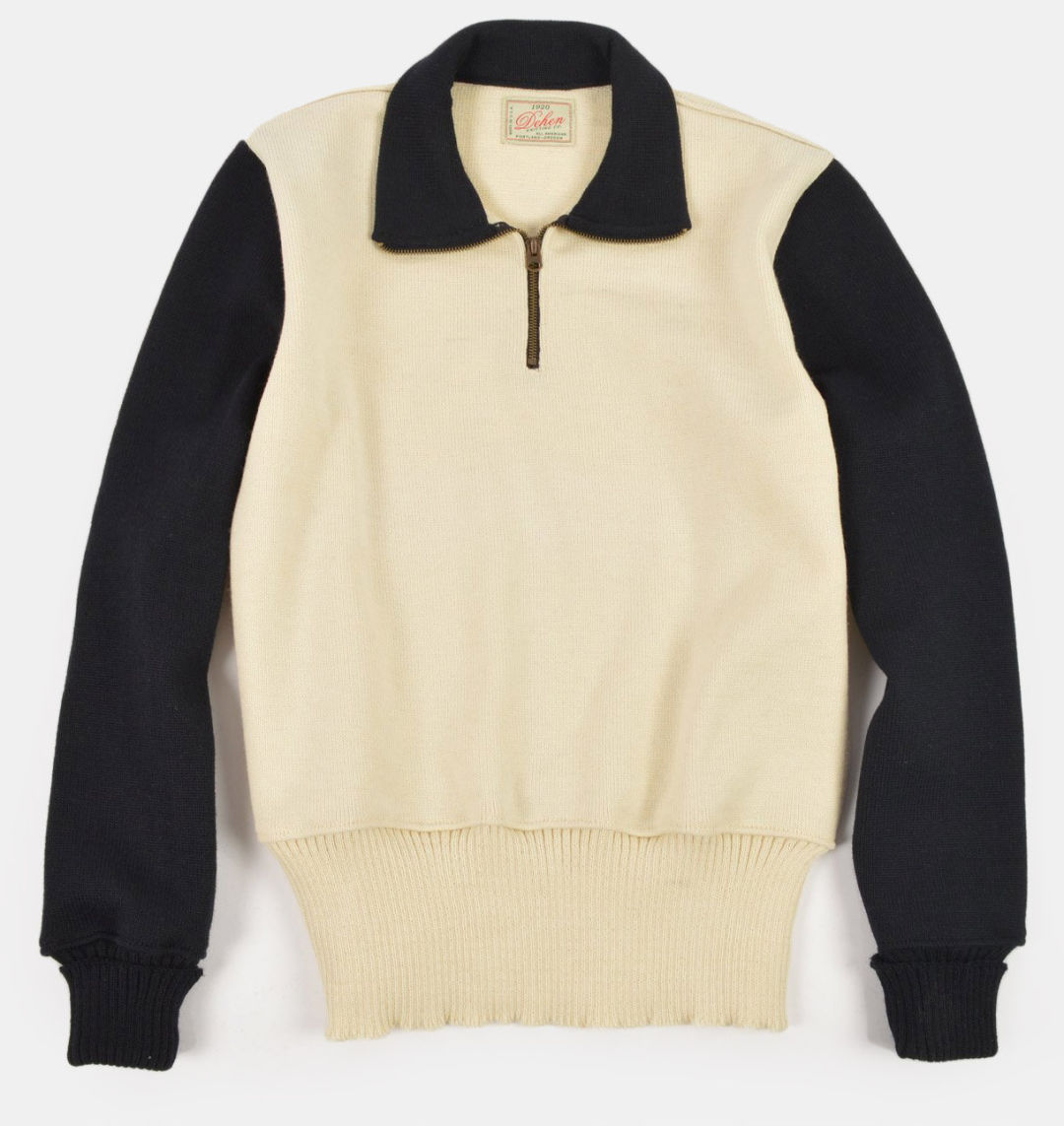
Image: Courtesy Dehen
Garments usually find immortality when we stop using them for whatever they were designed to do. Silhouettes relax, fabrics soften. Rugby and polo shirts, bomber and letterman jackets—even jeans, first designed for miners, have made the jump from work- or sportswear to common clothes. Since Woodrow Wilson was in office, Dehen has made letterman cardigans, varsity jackets, and moto sweaters largely on contracts with schools and clubs. But in 2011, Dehen, by then a third-generation family operation, refashioned its workaday factory as Dehen 1920, a heritage brand presenting the knitwear to the public.
Peter Lee, Dehen 1920’s brand manager, describes the guiding philosophy like this: “What have we always made? And how have we always made things?”
Remarkably hefty sweaters is the answer (each weighs three to four pounds), ones made with regionally sourced wool and clanked out on the family’s mammoth iron knitting machines. Popular trends have created a new audience for these classic designs, but Lee describes the company’s interest in maintaining them as exactly that—carrying on a tradition. “It’s not a costume,” he says, but adds that the company has no interest in gatekeeping.
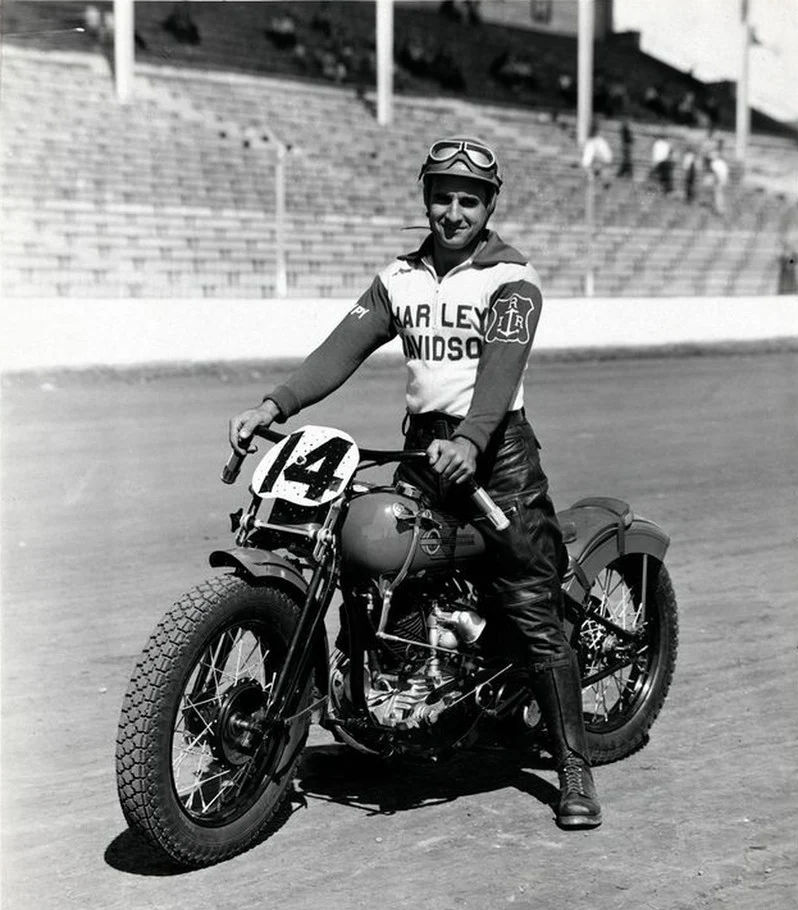
Image: Courtesy Dehen
Dehen 1920’s current motorcycle sweaters depart from vintage examples in a few ways. The cuffs and hem are slightly shortened, and the line includes a looser-fit “jersey,” a jacket-like model with a satin lining, and another that approximates a hoodie. Today, both bikers and nonbikers seek out Dehen for collaboration. The client list includes the annual One Motorcycle Show and Harley-Davidson, as well as the luxury menswear label Todd Snyder, which put out a line of Dehen-made sweaters in 2024. Langlitz Leathers, the local outfitter that founder William Peter Dehen made his first moto sweaters for in the 1940s, still carries them, too. “These are motorcycle sweaters,” Lee says. “That’s what we build them for.” The jacket Brando wore in The Wild One was also built for motorcyclists. That didn’t stop it from becoming an international emblem of countercultural cool.

